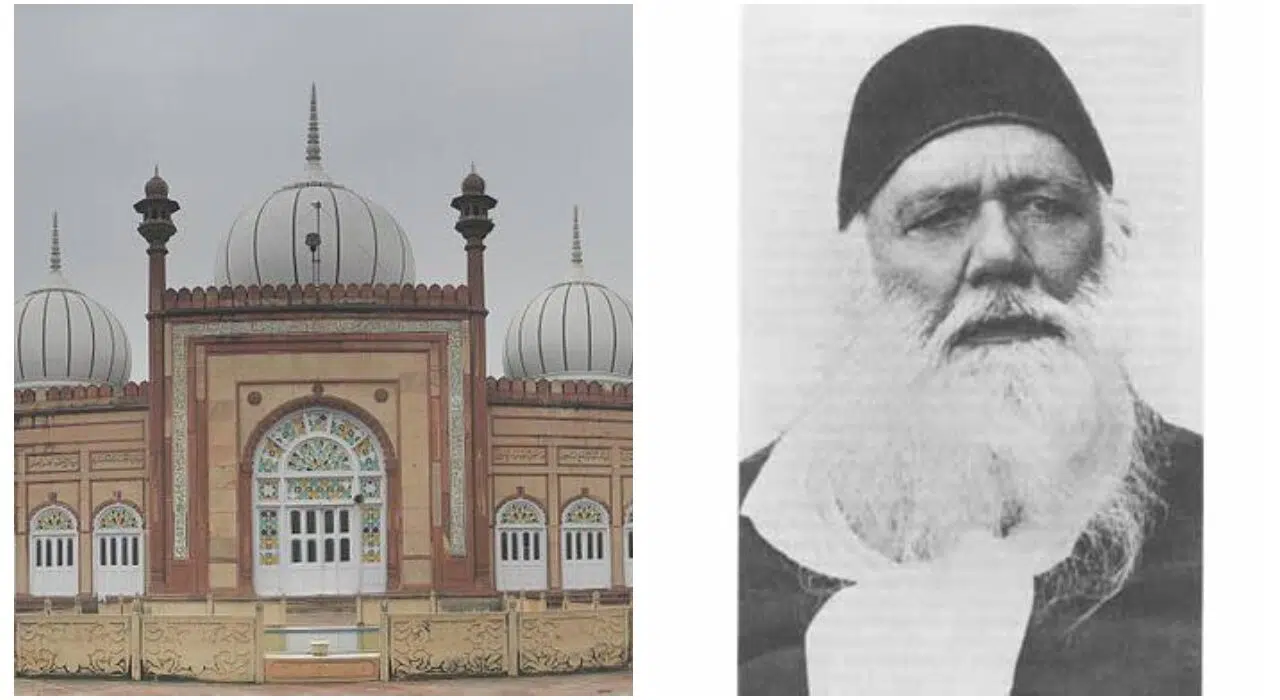In a landmark 4:3 decision, a seven-judge Constitution bench of the Supreme Court had on Monday overturned a pivotal 1967 judgement on Aligarh Muslim University (AMU), leaving open, however, the question of restoring its minority status. This “judgement on Aligarh University,” led by Chief Justice DY Chandrachud on what would be his last day in office, took a hard look at whether the varsity, established by Muslims, qualifies as a minority institution.
The majority opinion threw up the distinction to be drawn between an institution being “established” by a minority community and one that was subsequently “incorporated” through legislation. AMU, which originated as the Muhammadan Anglo-Oriental College in 1875 and was upgraded to university status in 1920, had its antecedents in a Muslim Minority. However, its gradual evolution into a central university had muddied the waters of its minority status under Indian law.
Judgement on Aligarh University: Will It Be Minority Institution Anymore?
Speaking for the majority, the Chief Justice noted that institutions need not to be controlled by a minority community or supplied with exclusively religious education to qualify as minority institutions. Secular education in those establishments, he added, does not negate their minority origins.
The dissenting voices came from Justices Surya Kant, Dipankar Datta, and SC Sharma. The others in the majority were Chief Justice Sanjiv Khanna-the next Chief Justice of India-followed by Justices JB Pardiwala, Manoj Misra, and Chief Justice Chandrachud.
This case traces back to Article 30 of the Indian Constitution, wherein it is entitled that minorities have the right to establish and administer educational institutions. AMU had held on to this privilege till the judgement of the court in the case of S. Azeez Basha vs. Union of India in 1967, wherein it was held that as AMU enjoyed the status of a central institution, it could not be granted the status of a minority institution.
In 1981, an amendment was brought in to reverse the earlier restrictions that had upset the minority status of AMU but Chief Justice has only observed partially effective saying it’s a “half-hearted job.”
Earlier, the Union government wanted to defeat the minority status of AMU and favored the judgment of 1967. The Supreme Court now has left the question of minority status for the conclusive scrutiny by a regular bench at some point in the future.
Also, see: Head of Microsoft’s AI unit Mustafa Suleyman says India is powerhouse of talent
